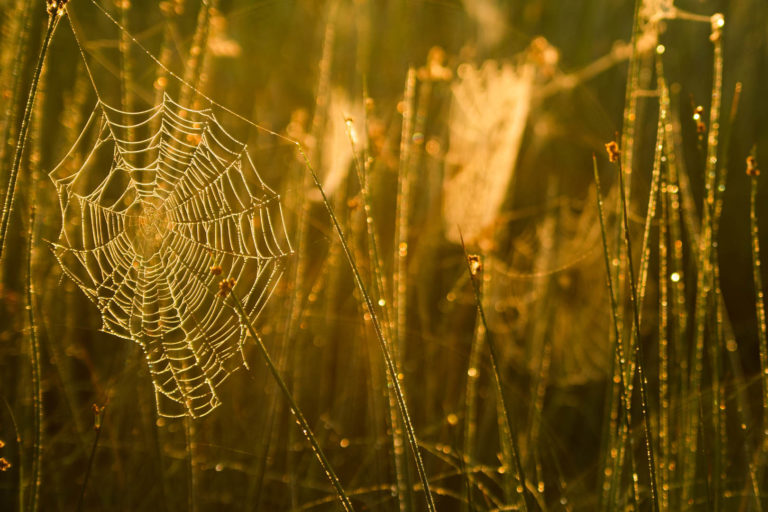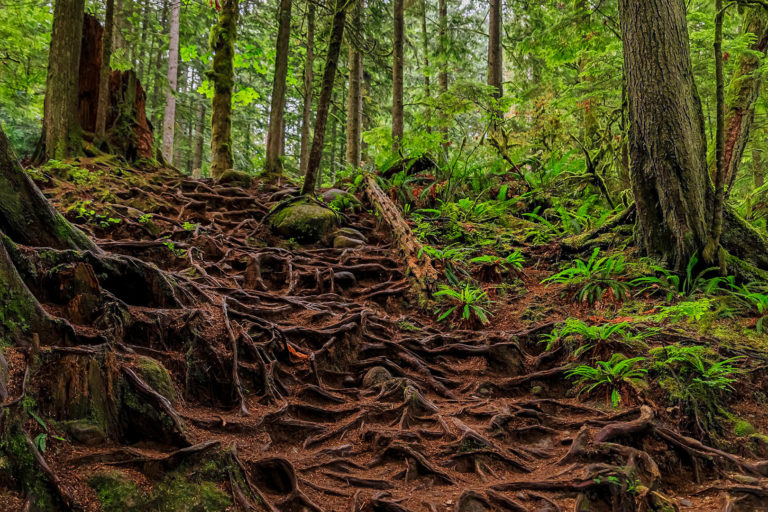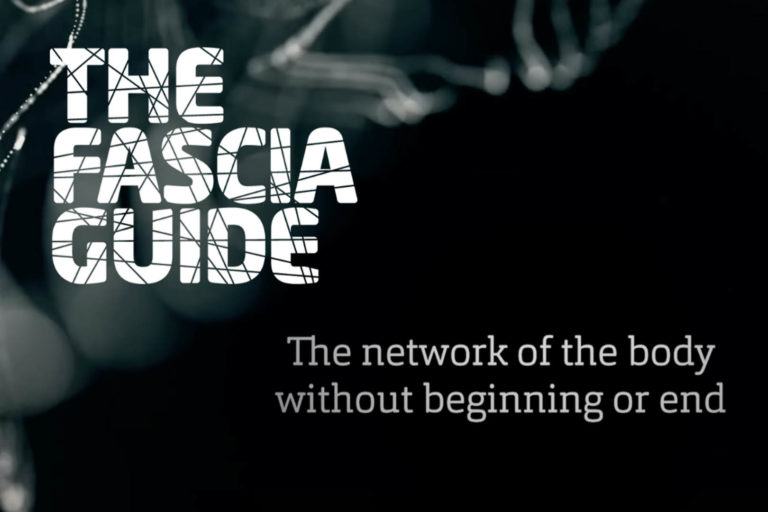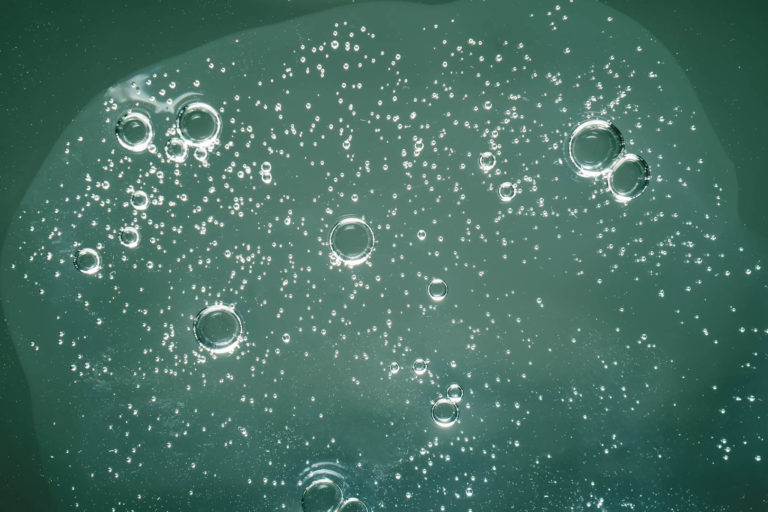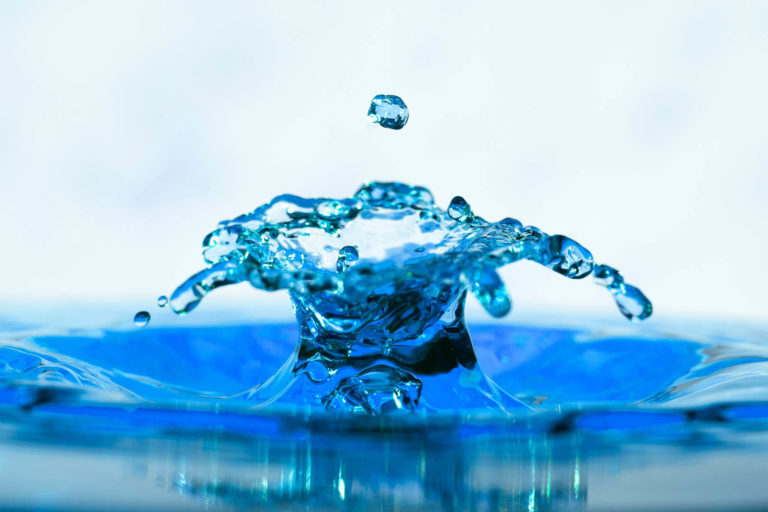

Collagen
Collagen is the most abundant protein in the body, about 30% of our body protein. Next to water, collagen is the most common component of connective tissue. It is a fiber protein in the extracellular matrix (ECM) which gives tensile strength and structure to the tissue and it can stretch about 10% of its original length without damage.
At least twenty-eight different types of collagen have been identified (Van den Berg, 2010) but for many of these there is as yet little knowledge of their specific tasks. The most important collagen types are types I, II, III and IV which make up about 95% of all collagen. Collagen type I is the most abundant in mammals and makes up about 80% of these 95% (Meyer et al, 2007). Type I is found in the skin, bone, tendons, ligaments, proper fascia. Type III is thinner collagen fibrils, which is found in loose fascia and wound healing. Type II is found in cartilage and intervertebral discs.
Collagen is produced in the fibroblast’s endoplasmic reticulum, type III also from mesenchymal cells. Fibroblasts are the most abundant cells in the fascia. The endoplasmic reticulum first produces a tropocollagenic molecule, so-called as long it is intracellular. Collagen has a turnover time of 300 – 500 days and the production can be increased by intermittent stretching and loading that stimulate the fibroblasts. Fibroblasts also produce an enzyme, collagenas, which break down collagen. There is a feed-back system that signals when there is too much or too little of the components in the ECM.
Collagen is a non-water-soluble protein. The fibers are white. Therefore collagen-rich tissue, like deep fascia and tendons, is white.
Structure of collagen
The collagen molecule consists of three long polypeptide chains, each one having the conformation of a leftward rotated helix, this is called an alpha helix. These three alpha helix chains are twisted together in a rightward rotation, to a triple helix, like a rope. This triple helix is the real collagen protein molecule, which is produced inside the fibroblasts, and then transported to the extracellular matrix (ECM). Each of these three polypeptide chains consists of about 1000 amino acid molecules, among other lysin, which is an essential one. This collagen molecule is about 280 nm in length and has a diameter of about 1,5 nm.
When the molecules have passed out from the fibroblast to the ECM, they bind together to form a collagenic microfibril. Then several microfibrils twist around each other to form a collagen fibril. The diameter of these collagen fibrils is now 10 – 300 nm. This collagen fibrils are most common in hyaline cartilage, type II collagen.
Then these collagen fibrils can continue to wrap around each other to form a collagen fiber, type I or type III, or a few other types of collagen fibers. In tendons and ligaments, which have to get strength, these fibers twist around each other once again and form even stronger fiber bundles.
Every coil in the collagen are always in opposed direction from the previous one, so a leftward helix is followed by a rightward helix and then a leftward helix and so on. When the fiber spirals are exposed to traction they intertwined and the stability increases. This is the way, the collagen gains its enormously high tensile strength, 500-1000 kg/cm2. Collagen type I is stronger than steel (Lodish et al, 2000).
Between each protein chain in the collagen molecule, there is physiological cross-links, to gain stability to the collagen. This cross-links are formed of bridges of certain amino acids in the protein chains. Without these, the molecules would slip past each other under load and the fibers would have no strength and stability. Depending on the type of collagen (e.g. I or III), the fibrils are variously tightly bound, for example, type I is stronger than type III. Vitamin C is an important factor in creating the bonds. Therefore, vitamin C is important for getting sufficiently strong collagen and thus also strong connective tissue.
All collagen types do not form fiber structures but only fibrils, such as type II, found in cartilage.
Piezoelectric collagen network
The organization of the collagen molecules are three-dimensional and it is adapted to the mechanical forces to which the tissue is exposed. When the tissue changes in shape, it leads to changes in electrical voltage. This is called piezoelectricity. It is the ability of certain organic materials to produce an electric charge in response to mechanical stress. Molecules organize the architecture of the tissue through this piezoelectricity. If the mechanical forces always goes in the same direction the collagen fibers will always orientate themselves in the same direction and they will run parallel. This occurs in formed, taut fascia like tendons, ligaments, aponeuroses, etc. However, in unformed, taut fascia like intraneural fascia, intramuscular fascia, joint capsules, etc, where the forces come from different directions, it provides an interlaced lattice effect.
Between the collagen fibers, we can find ground substance which provides for friction-free slide and glide movement between the collagen fibers against each other.
When the tissue is relaxed, the collagen fibrils and fibers are in a wave-shaped form. This is caused by the content of elastic fibers and the myofibroblasts in the fascia. The purpose for this wave-shape is to prevent the tissue to react too quickly and too explosively to mechanical stress.



